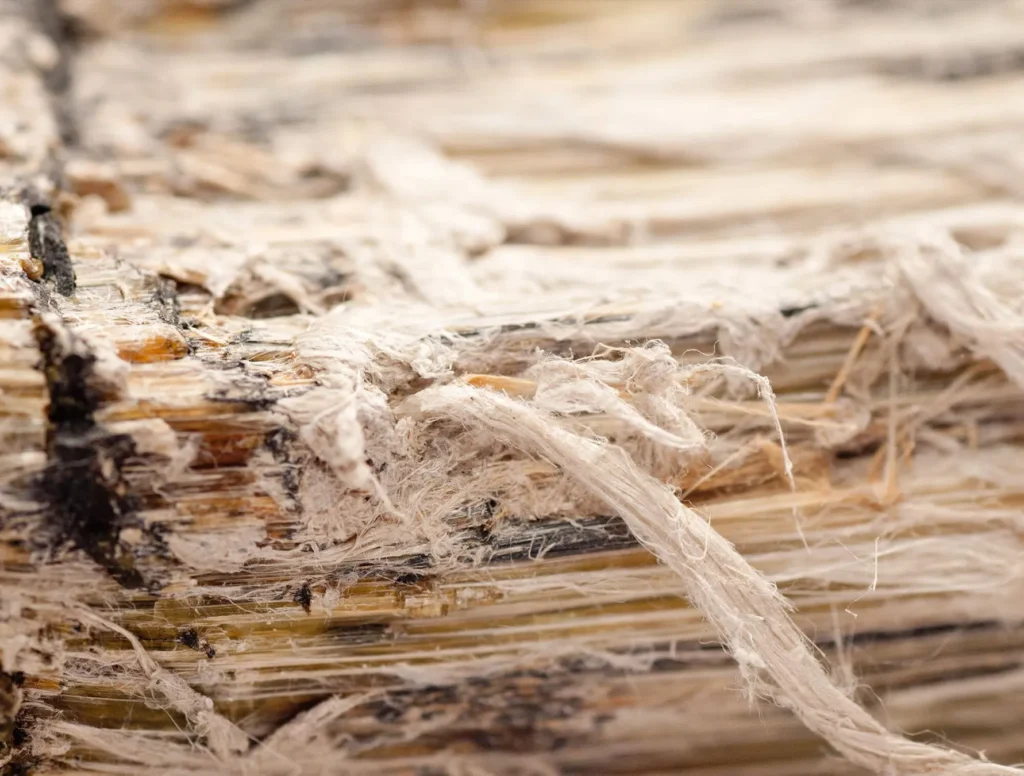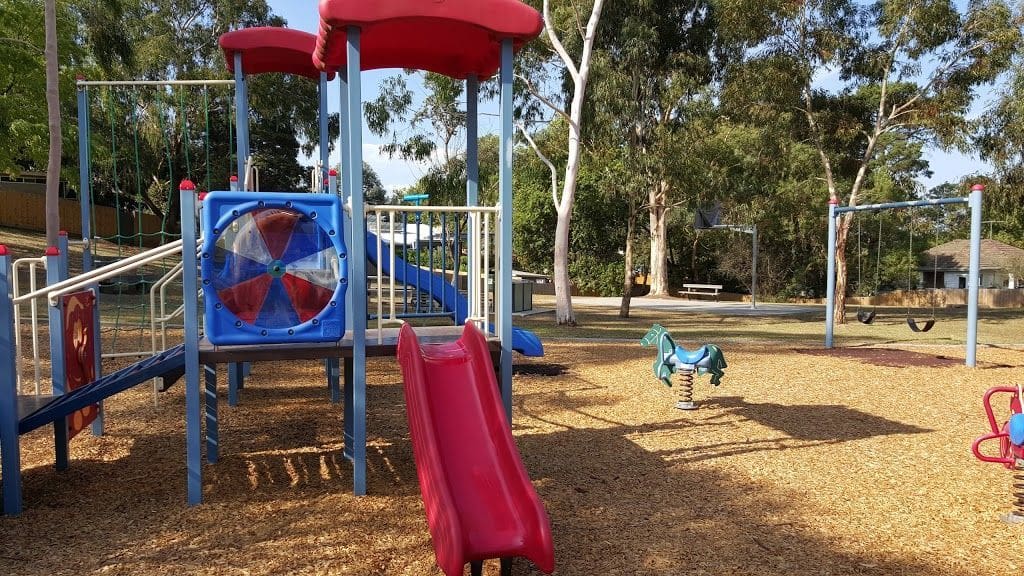Understanding Mold Coverage in Home Insurance Policies

Mold is a homeowner’s nightmare, not only because of its unsightly appearance but also due to the potential health hazards it poses. Many homeowners wonder whether their insurance policies will cover mold damage. The reality is, it’s a bit complex. Here’s what you need to know to protect your home and finances.
Does Home Insurance Cover Mold?
In most cases, standard homeowners’ insurance policies do not cover mold damage. Insurers typically consider mold growth a result of neglect or poor maintenance, which falls outside the scope of coverage. However, there are exceptions.
Mold from Covered Perils
If mold results from a covered peril, such as water damage from a burst pipe or a storm, your insurance might provide coverage for mold removal as part of the mitigation effort to restore your property. To determine if mold damage is covered, homeowners should carefully review their insurance policy, specifically the section that lists covered perils.
Where to Find Covered Perils in Your Policy
Covered perils are typically outlined in the “Perils Insured Against” section of your homeowners insurance policy. This section details the specific risks or events that your policy covers. Common covered perils include:
- Fire and smoke damage
- Windstorms and hail
- Water damage from sudden and accidental incidents (like a burst pipe)
- Theft and vandalism
- Damage caused by vehicles or aircraft
- Explosions
- Riots or civil commotions
It’s important to note that while these perils are commonly covered, each policy can vary. Homeowners should read their policy documents thoroughly and consult with their insurance agent to understand the specifics of their coverage.
Flood-Related Mold
Flood damage, a common cause of mold growth, is generally not covered by standard homeowners’ insurance. This exclusion is primarily because standard policies are designed to cover sudden and accidental events, not gradual or predictable occurrences like flooding.
Why Standard Homeowners Insurance Doesn’t Include Flood-Related Mold
- Nature of Flooding: Flooding is often a widespread, predictable event, especially in flood-prone areas. Insurers consider it a high-risk scenario that can lead to extensive damage, including mold growth. Covering such predictable events under standard policies would significantly increase premiums for all policyholders.
- Separate Flood Insurance: To manage this risk, flood damage is typically covered under separate flood insurance policies, often provided through the National Flood Insurance Program (NFIP). These policies are specifically designed to address the unique risks associated with flooding, including mold damage resulting from floodwaters.
- Maintenance and Prevention: Standard homeowners insurance focuses on sudden and unforeseen incidents. Flooding, on the other hand, can often be mitigated through proper maintenance and preventive measures, such as installing sump pumps, maintaining proper drainage, and using flood barriers. Insurers expect homeowners to take these preventive steps to minimize flood-related risks.
- Extent of Damage: Floods can cause extensive and prolonged water exposure, leading to severe mold infestations that are costly to remediate. By excluding flood-related mold from standard policies, insurers can keep premiums more affordable for general coverage while offering specialized flood insurance for those who need it.
Purchasing Flood Insurance
To protect your property from flood-related mold damage, you can purchase separate flood insurance through the NFIP or private insurers. These policies typically cover both the structural damage caused by flooding and the subsequent mold growth, providing comprehensive protection for homeowners in flood-prone areas.
Understanding the limitations of your standard homeowner’s insurance policy and the importance of additional flood insurance can help you ensure that your home is adequately protected against all potential risks, including mold growth from flooding.
Sewer Backup and Construction Issues
Mold caused by sewer backups or faulty construction typically isn’t covered by standard homeowners’ insurance policies. However, you may have the option to purchase endorsements or separate mold policies to address these specific risks.
Sewer Backup Coverage
To protect against mold resulting from sewer backups, homeowners can add a Sewer Backup Coverage endorsement to their existing policy. This endorsement, also known as Water Backup and Sump Discharge or Overflow Coverage, provides financial protection if water or sewage backs up through your drains or sump pump. It covers the cost of cleaning up the water and sewage, repairing any damage, and addressing mold growth caused by the backup
Construction Issues Coverage
For mold issues stemming from faulty construction, homeowners can investigate Builder’s Risk Insurance or Construction Defects Coverage. These policies or endorsements cover damage resulting from construction defects, including mold growth. While not all insurers offer this coverage as a standard option, it can often be added as an endorsement to your existing policy or purchased as a separate policy
Negligence and Wear and Tear
Home insurance companies usually deny mold claims if negligence or wear and tear caused the damage. This highlights the importance of proper maintenance and timely repairs to prevent mold growth.
Examples of Negligence
Negligence refers to the failure to take proper care in maintaining your home, which can lead to damage that is not covered by insurance. Here are some examples:
- Ignoring Leaks: If you notice a small leak in your roof or plumbing and fail to repair it, the resulting water damage and mold growth would likely not be covered by your insurance. Regularly inspecting and repairing leaks can prevent such issues.
- Poor Ventilation: Not ensuring proper ventilation in areas prone to moisture, such as bathrooms and basements, can lead to mold growth. Installing exhaust fans and using dehumidifiers can help maintain appropriate humidity levels.
- Delayed Repairs: If you delay repairing known issues, such as a broken sump pump or damaged gutters, and these lead to water damage and mold, your insurance may deny the claim. Prompt repairs are essential to prevent further damage.
Examples of Wear and Tear
Wear and tear refer to the natural deterioration of your home and its components over time. Insurance policies typically exclude damage resulting from wear and tear. Here are some examples:
- Aging Roof: Over time, roofing materials can deteriorate, leading to leaks and water damage. If your roof is old and has not been maintained or replaced as needed, any resulting mold damage would not be covered.
- Worn-Out Plumbing: Pipes can corrode and degrade over time, leading to leaks. If your plumbing system is old and has not been properly maintained, insurance may not cover mold damage resulting from these leaks.
- Faded Siding: Exterior siding can fade and crack due to prolonged exposure to the elements. If this wear and tear lead to water infiltration and mold growth, it would not be covered by your insurance.
Importance of Maintenance
Regular maintenance and timely repairs are crucial to prevent damage from negligence and wear and tear. Homeowners should:
- Conduct regular inspections of their home’s roof, plumbing, and exterior.
- Address any leaks or damage promptly.
- Ensure proper ventilation and humidity control.
- Replace aging components, such as roofing and plumbing, as needed.
Understanding Coverage Limits
Mold claims are subject to coverage limits, which vary depending on your insurer and policy. Some insurers offer separate limits for first-party (remediation and repairs) and third-party (liability) claims. Review your policy documents carefully to understand your coverage limits.
Filing Mold Insurance Claims
Filing a mold insurance claim follows a similar process to filing other homeowners’ insurance claims. Act promptly to mitigate further damage, document the damage extensively, and keep records of repair expenses to support your claim. For specific recommendations, see our article covering steps to take if you discover a leak at your home.
The Role of Mold Testing and Mold Inspection
Mold testing and mold inspection are critical steps in identifying and addressing mold issues in your home. Professional mold inspectors can detect hidden mold and assess the extent of contamination. Regular mold inspections can help you catch mold problems early, potentially making it easier to file a successful insurance claim if mold results from a covered peril.
Prevention is Key
Preventing mold growth is far more cost-effective than dealing with the consequences. Regular maintenance, prompt repairs of leaks, controlling humidity levels, and proper ventilation can help mitigate mold risks in your home. Mold testing and mold inspection services can also play a crucial role in prevention by identifying potential problem areas before they become severe.
EnviroPro 360 offers professional mold testing and mold inspections for homeowners who want to take a proactive approach to preventing mold damage or who have experienced potential leak or flood damage. Our services help identify and address mold issues early, ensuring a healthy living environment and peace of mind.
EnviroPro covers the southeast region surrounding Augusta, GA including the Georgia cities of: Augusta, Savannah, Macon, Warner Robins, Athens, Martinez, Statesboro, Evans, Milledgeville, Grovetown, and the South Carolina cities of: Columbia, Greenville, North Charleston, Rock Hill, Summerville, Sumter, Spartanburg, Hilton Head Island, Aiken, Anderson, Greenwood, Greer, Wade Hampton, Taylors, Mauldin, North Augusta, Bluffton, Lexington, Goose Creek, Newberry.


